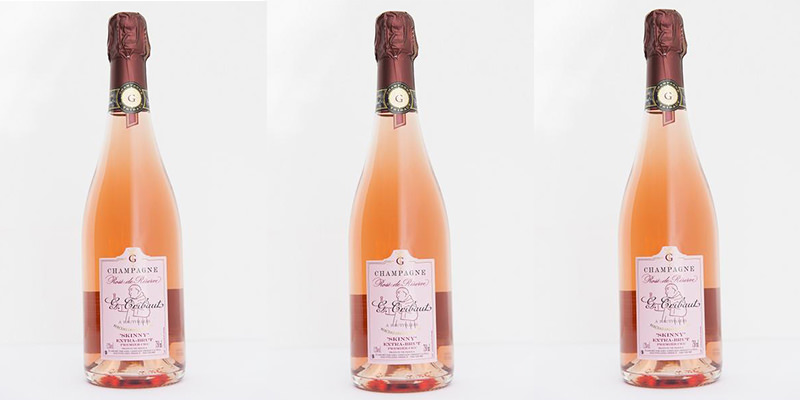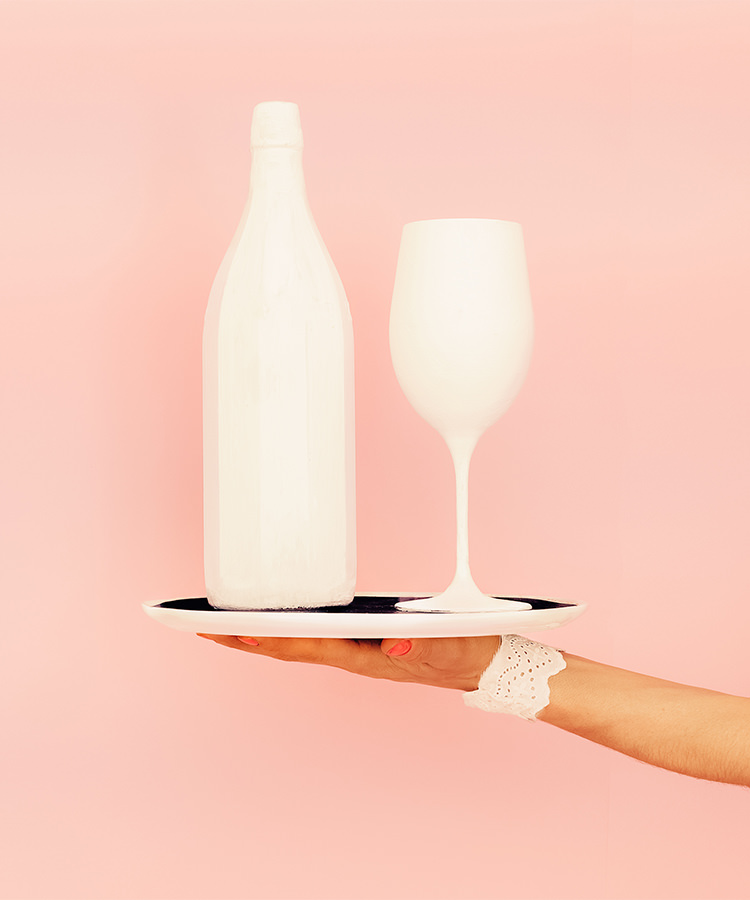Thinking about calories while drinking wine can be a major buzzkill. Wine is meant to be savored and enjoyed. But considering the 120 to 130 calories in a standard 5-ounce glass of wine makes that savoring just a little less sweet.
But it doesn’t have to be that way if you’re prone to counting calories. There are low-calorie wines — both naturally low-calorie and specifically produced to have lower calories — that keep you from having to think as deeply about how much you’re drinking. The best part of it all is that those low- calorie wines are just like most other wines. There are just a couple minor changes in production.
Naturally low-calorie wines
Naturally low-calorie wines will be dry, low-alcohol wines hovering around 10 percent alcohol by volume. Cooler winemaking regions usually produce lower-alcohol (therefore lower-calorie) wine because the grapes don’t produce as much sugar. Less sugar for yeast to ferment means less alcohol in the wine. Each gram of alcohol has seven calories, and your standard 5-ounce glass of 12 percent alcohol by volume wine has around 14 grams of pure alcohol. Do the math and that comes out to around 100 calories in wine just from pure alcohol.
The other major source of calories in wine is from sugar. When grapes have a high natural sugar content, yeast doesn’t always get to all the sugar, leaving what’s known as residual sugar in the final wine. Less residual sugar means fewer calories, since each gram of sugar has four calories.
According to Frank Schieber, a professor at the University of South Dakota, the typical amount of sugar is as follows (in grams per liter):
Dry white: 1-2 grams per liter
Dry red: 2-3 grams per liter
Off-dry: 10-30 grams per liter
Port and sherry: 50-150 grams per liter
Dessert wine: 100-200 grams per liter
Sweet: Greater than 30 grams per liter
Gruner Veltliner, Muscadet, and dry Riesling (labeled as “trocken” for Germany Rieslings) are naturally low-calorie white wines. If you’re more into reds, look for Barbera, Gamay, and low- alcohol Pinot Noir.
What about low-calorie sparkling wines?
To understand the calories in sparkling wine, you first have to understand how sparkling wine is produced.
First, sparkling wine makers start with a traditional still wine. Then the wine goes through a secondary fermentation. Finally, before the bottle is sealed, extra sugar is added, called the “dosage.” The exact details vary based on how and where the wine is produced (see the variations in production in an infographic), but the dosage is a constant. The smaller the dosage, the drier the wine (in general, dryness ranges from brut to dry to sweet, with brut being the most dry).

The dosage can bring out more flavor, but for a lower-calorie sparkling wine, it can be left out. That’s the case with G. Tribaut Skinny Rosé de Reserve Premier Cru (or simply Skinny Rosé), Howard Abernathy, the co-owner of Finest Fizz, tells VinePair.
“I had been reading a lot about the huge amount of sugar in the modern diet, especially in processed food,” Abernathy says. “Knowing how Champagne is made with the dosage, I asked the Tribaut vineyard (winemakers in the Champagne region of France) to make a non-dosage rosé for me. We wanted to offer a low-sugar Champagne option to our customers, and the inherent sweetness in rosé holds the flavors of the Champagne without the dosage.”
The result, Abernathy says, is a dry, light, sparkling rosé.
Other branded low-calorie wine options
The most popular branded low-calorie wine option out there is Bethenny Frankel’s Skinnygirl wine, which has been on the market for more than five years. Its popularity has a lot to do with Frankel, who was on “Real Housewives of New York,” and aggressive marketing. There are around 100 calories per 5-ounce glass of Skinnygirl wine, just like in naturally low-calorie wines, but Skinnygirl makes wine with grapes people are more familiar with, like Pinot noir, Chardonnay, and Cabernet Sauvignon.
Another major low-calorie wine is Brancott Estate’s Flight Song Sauvignon Blanc and Pinot Grigio. The New Zealand winery states that the wines are “crafted to be 20 percent lighter in calories” than their traditional Sauvignon Blanc and Pinot Grigio options. On average, the wines come out to 88 calories per 5-ounce serving. The lower amount of calories comes primarily from lower alcohol, with both wines coming in at under 10 percent alcohol by volume.
